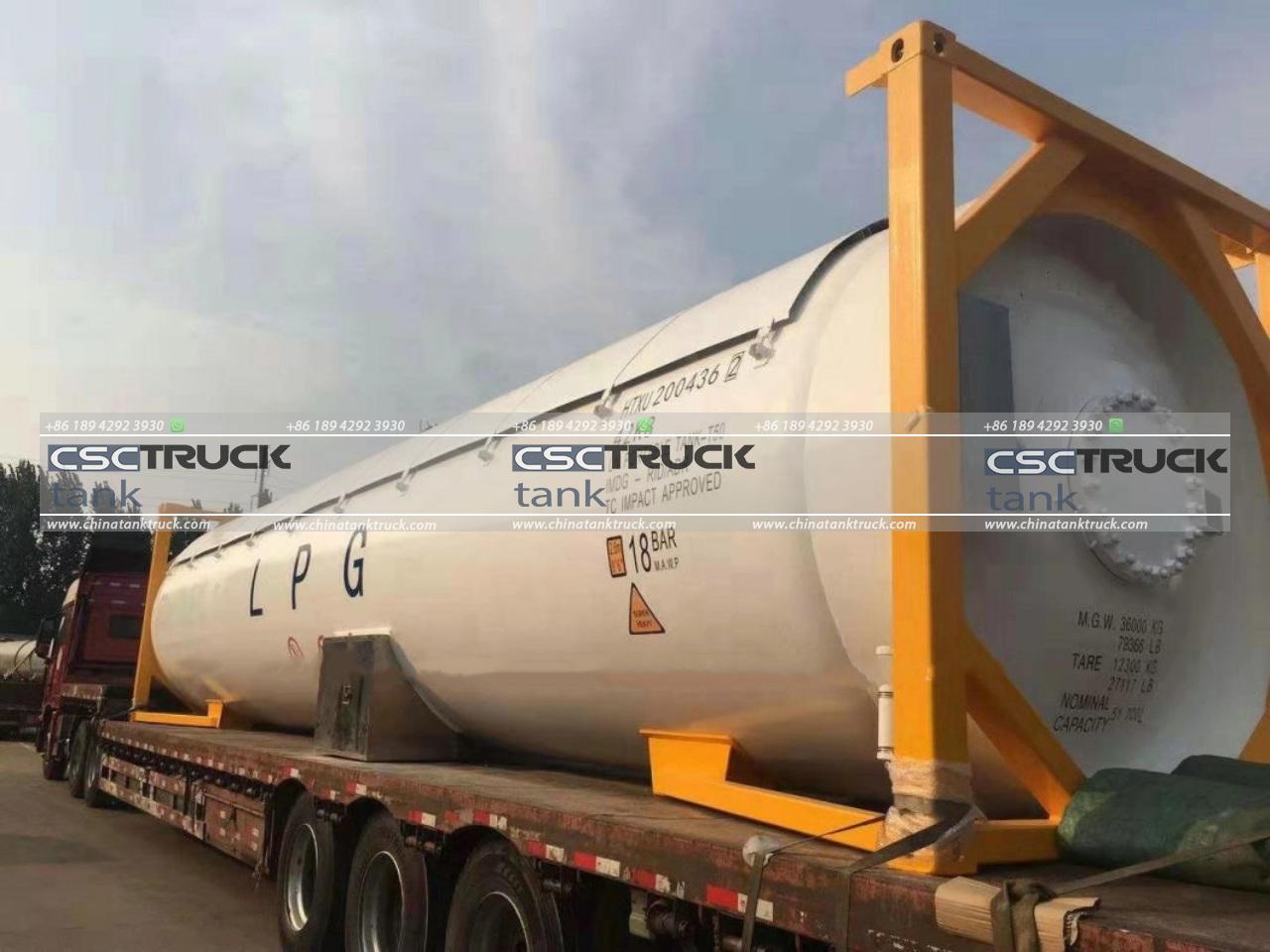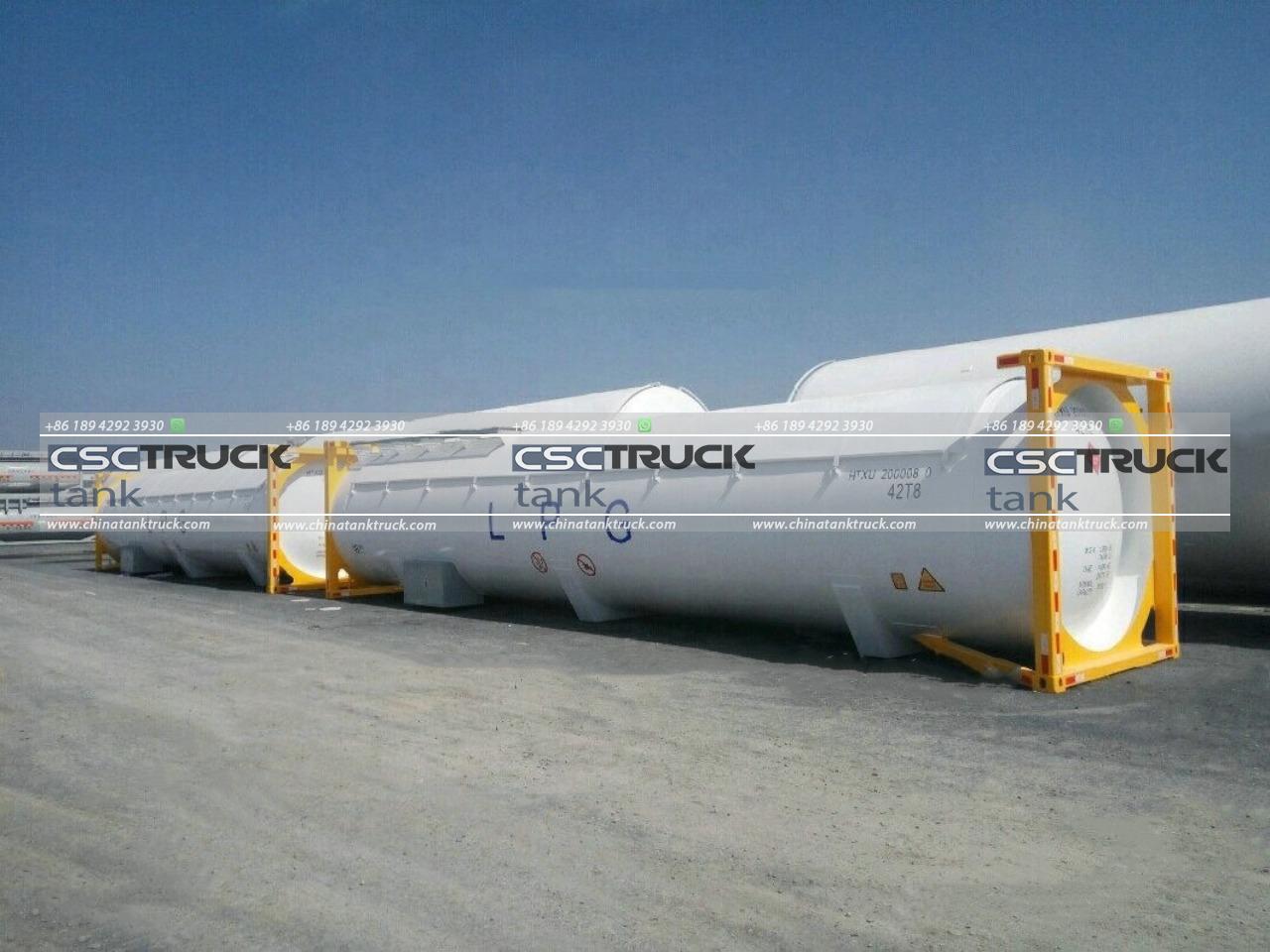How Does an ISO Tank Work?
An ISO tank is a versatile and robust container used for the transportation and storage of bulk liquids and gases. Its design is based on ISO (International Organization for Standardization) standards, which ensures compatibility and safety across different modes of transportation, including trucks, rail, and ships. These tanks are widely used in industries like chemical, food and beverage, and petroleum due to their durability and ease of handling. In this article, we’ll explore how an ISO tank works, its design elements, and its application.
What is an ISO Tank?
An ISO tank, short for “International Organization for Standardization tank container,” is a cylindrical, stainless steel container encased within a steel frame that meets ISO standards. These containers typically measure 20 feet in length and can hold various substances, such as liquids, gases, and powders. ISO tanks offer a safe, efficient, and environmentally friendly solution for transporting both hazardous and non-hazardous materials.
The ISO tank’s framework ensures it can be stacked, handled, and transported with ease. The primary components include a manhole, valve system, pressure relief device, and insulation or heating system (for specific types of ISO tanks). These features collectively enable the ISO tank to maintain the integrity of its contents during transportation and storage.

Core Components of an ISO Tank
Understanding the basic components of an ISO tank is essential to comprehend how it functions. Below are the primary components that play a role in the operation of an ISO tank:
1. Tank Shell:
The tank shell is the main body of the ISO tank and is typically made of stainless steel. Its cylindrical shape provides strength and pressure resistance, which is crucial for maintaining the integrity of the contents under varying pressure conditions. The shell is often lined or coated with protective material to prevent corrosion or reactions with the chemicals being transported.
2. Frame:
The frame encases the tank and provides structural support. It also enables the tank to be easily lifted, stacked, and mounted onto different vehicles, such as trucks, trains, and ships. The frame’s dimensions conform to ISO standards, ensuring that the tank can be transported globally with uniform handling equipment.
3. Manhole:
The manhole, located at the top of the tank, allows for loading and inspection of the tank’s contents. It is typically fitted with a secure cover to prevent leakage or contamination. Safety is a top priority, so the manhole is designed to withstand internal pressure and prevent accidental spillage.
4. Valves:
ISO tanks are equipped with various valves, including a bottom discharge valve and a top discharge valve. These valves are used to load and unload the contents. The bottom discharge valve is often used for draining liquids, while the top valve may be used for vapor recovery or to prevent overflow.
5. Pressure Relief Device (PRD):
This device ensures that the tank remains safe under extreme conditions. The PRD automatically releases pressure when it exceeds a set limit, thus preventing catastrophic failure. It is an essential safety feature that mitigates the risk of explosion or rupture.
6. Insulation and Heating Systems:
Depending on the type of cargo, some ISO tanks are equipped with insulation to maintain the temperature of the contents. Heating systems, such as steam coils or electric heating pads, may also be used to facilitate the discharge of highly viscous substances like molasses or certain chemicals.
How ISO Tanks Operate
The operation of an ISO tank involves 3 primary stages: loading, transportation, and unloading. Each stage requires specific procedures to ensure the safe handling of the cargo.
1. Loading the ISO Tank
The loading process begins with preparing the ISO tank to receive the cargo. Before loading, the tank must be thoroughly cleaned and inspected to ensure there is no contamination from previous loads. For tanks transporting food-grade or pharmaceutical products, the cleaning process is especially stringent to maintain purity.
Once the tank is ready, the cargo is loaded through the manhole or valves, depending on the type of substance being transported. The manhole cover is then securely sealed, and all valves are checked to ensure there are no leaks. For hazardous materials, additional safety checks are performed to comply with regulatory requirements.
2. Transportation
During transportation, the ISO tank must maintain the integrity of its contents. The tank’s robust construction allows it to withstand rough handling and environmental stresses. For instance, if the tank is transporting a liquid that needs to remain at a stable temperature, the insulation or heating system will be activated.
The ISO tank’s frame ensures stability during transportation, whether it is being transported via truck, train, or ship. The container can be easily lifted by cranes or forklifts and can be securely fastened onto trailers or flatbed rail cars. The uniform design and dimensions enable ISO tanks to be stacked during shipping, optimizing space utilization.
3. Unloading the ISO Tank
Unloading an ISO tank requires careful attention to safety and handling protocols. The discharge valves are used to transfer the contents into storage tanks or processing units. Depending on the type of material, pumps or pressurized air may be used to facilitate the unloading process.
For highly viscous liquids or materials that solidify at lower temperatures, the tank’s heating system is activated to maintain fluidity. Similarly, for gases, pressure regulation is crucial to ensure that the transfer is done safely.
After unloading, the ISO tank undergoes a thorough cleaning process to prepare it for the next load. This step is critical for maintaining the tank’s longevity and preventing cross-contamination between different types of cargo.

Advantages of Using ISO Tanks
ISO tanks offer several advantages over traditional bulk transportation methods, making them a preferred choice for many industries:
1. Safety and Integrity: The robust construction and safety features, such as pressure relief devices, ensure that the contents are transported without risk of contamination, leakage, or explosion.
2. Versatility: ISO tanks can handle a wide variety of substances, including hazardous chemicals, food products, and pharmaceuticals.
3. Cost Efficiency: ISO tanks maximize space utilization and can be stacked, reducing transportation costs. They also reduce the need for intermediate packaging, as they serve as both a storage and transportation vessel.
4. Environmental Benefits: The reusability of ISO tanks makes them an eco-friendly option. They reduce the need for single-use packaging and minimize waste.
Conclusion
ISO tanks are an essential part of global logistics and supply chains, enabling the safe and efficient transportation of liquids and gases. Their design, which adheres to ISO standards, ensures compatibility with different modes of transportation and ease of handling. With their robust construction, safety features, and versatility, ISO tanks provide a reliable solution for transporting a wide range of materials across the globe. Whether in the chemical, food, or petroleum industries, ISO tanks continue to play a critical role in maintaining supply chain integrity and safety.


